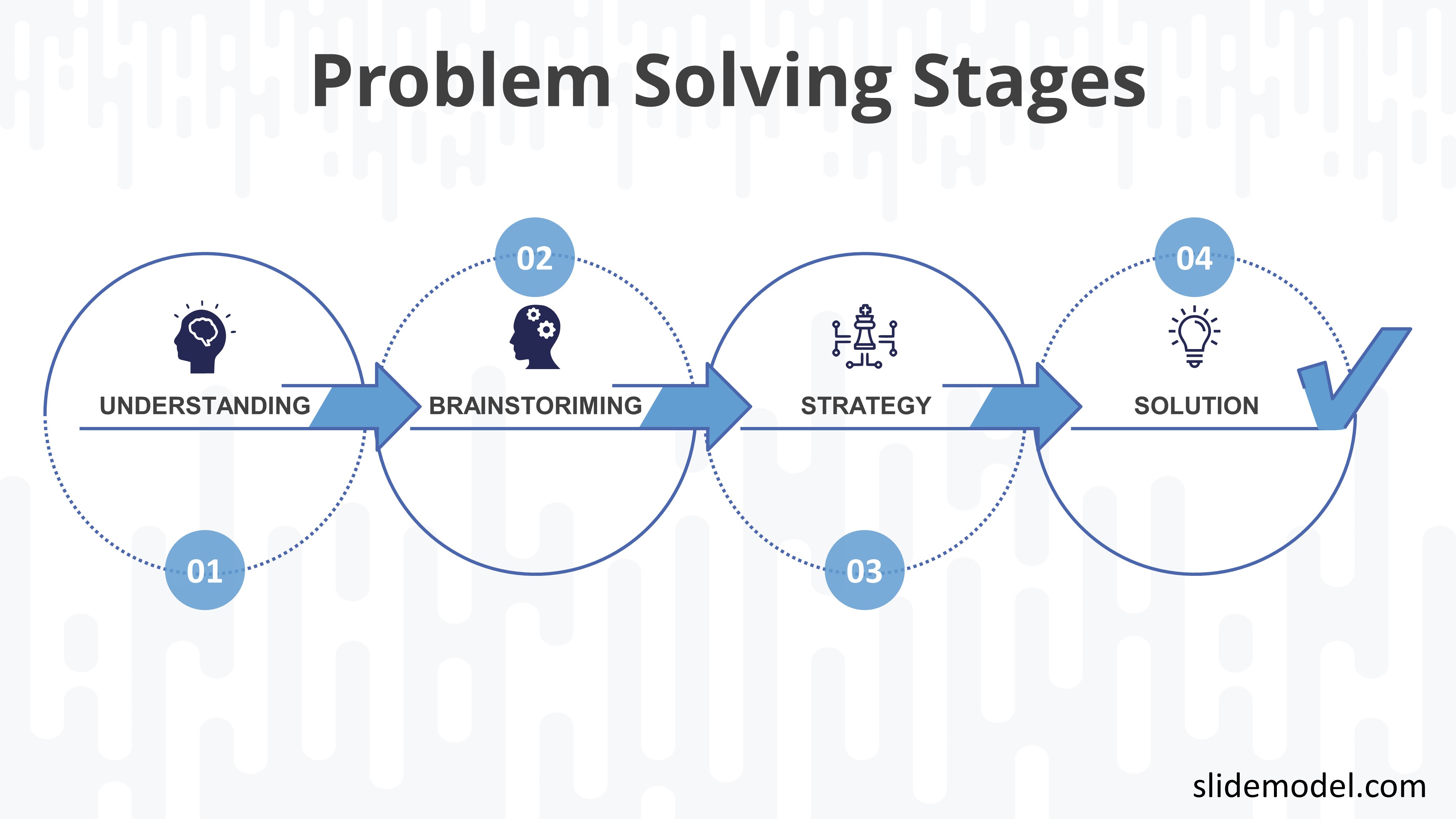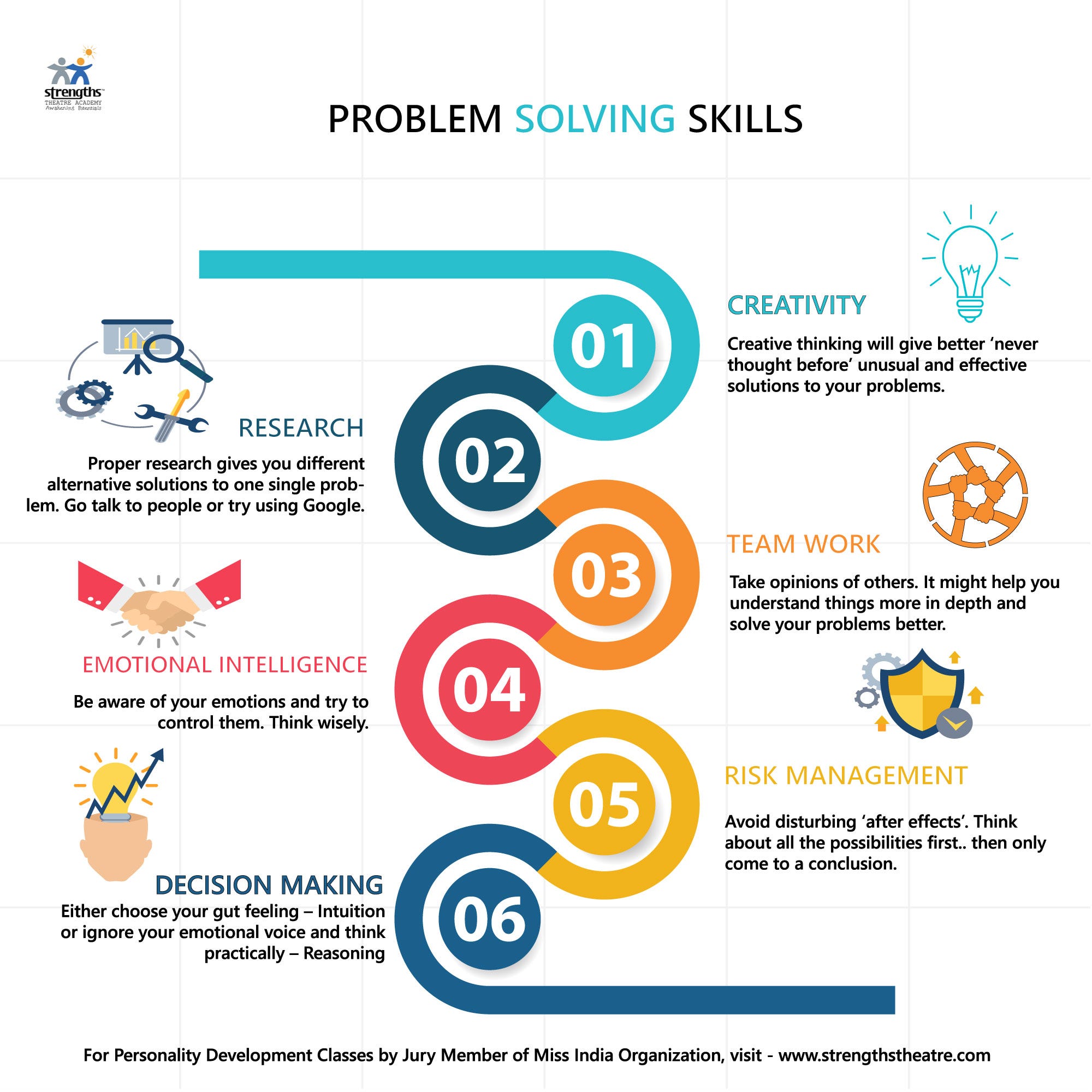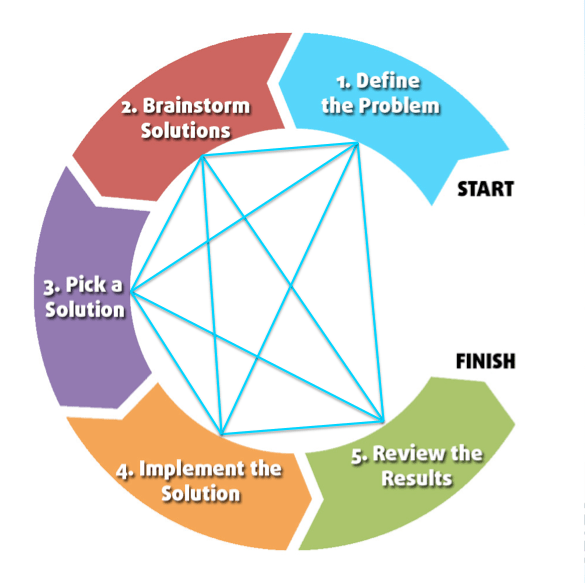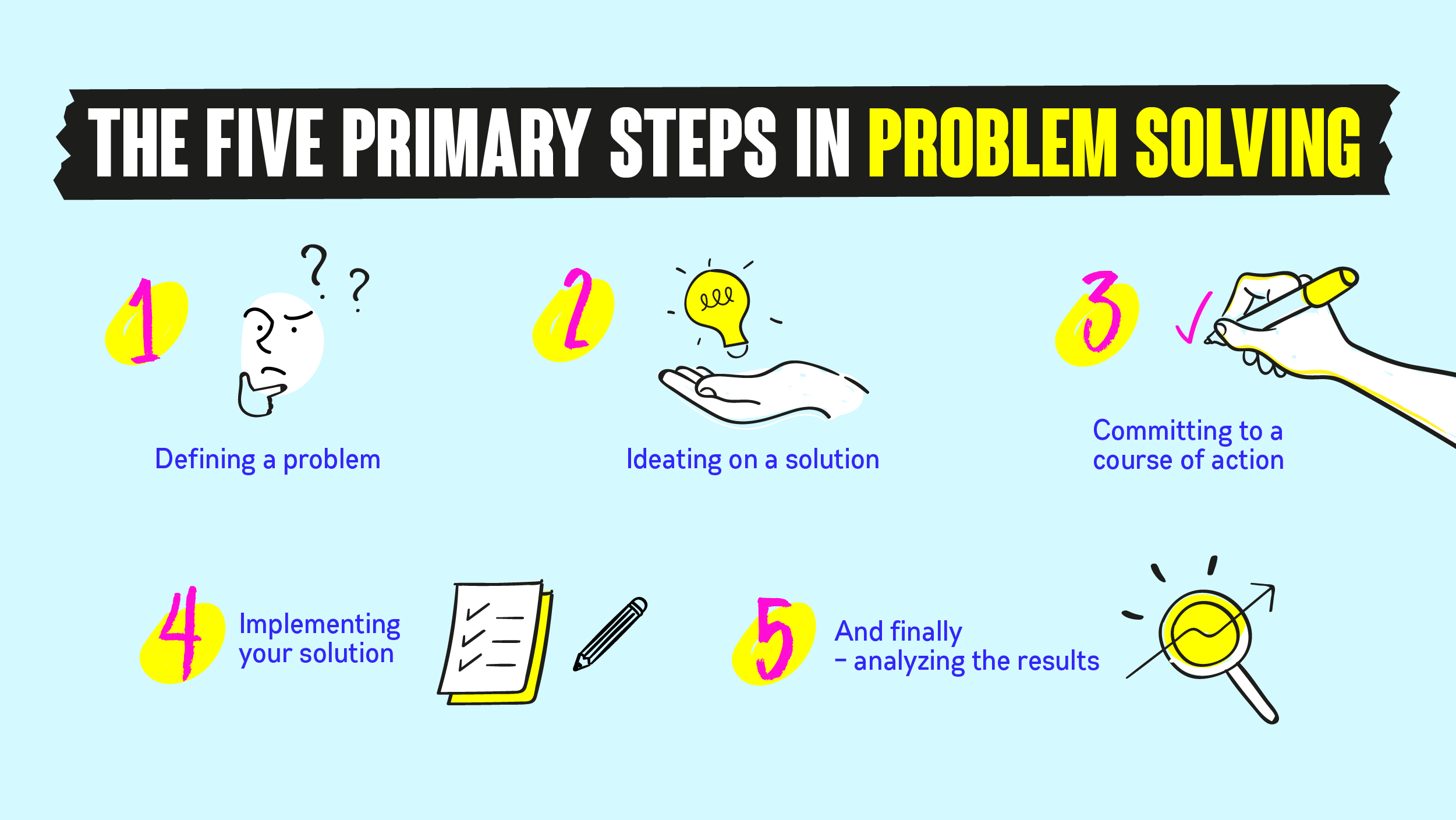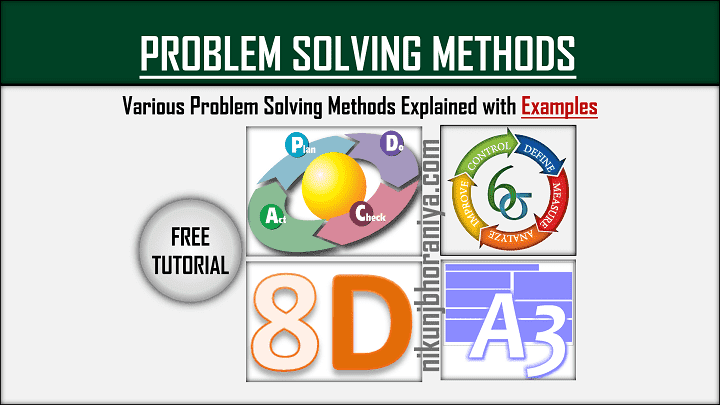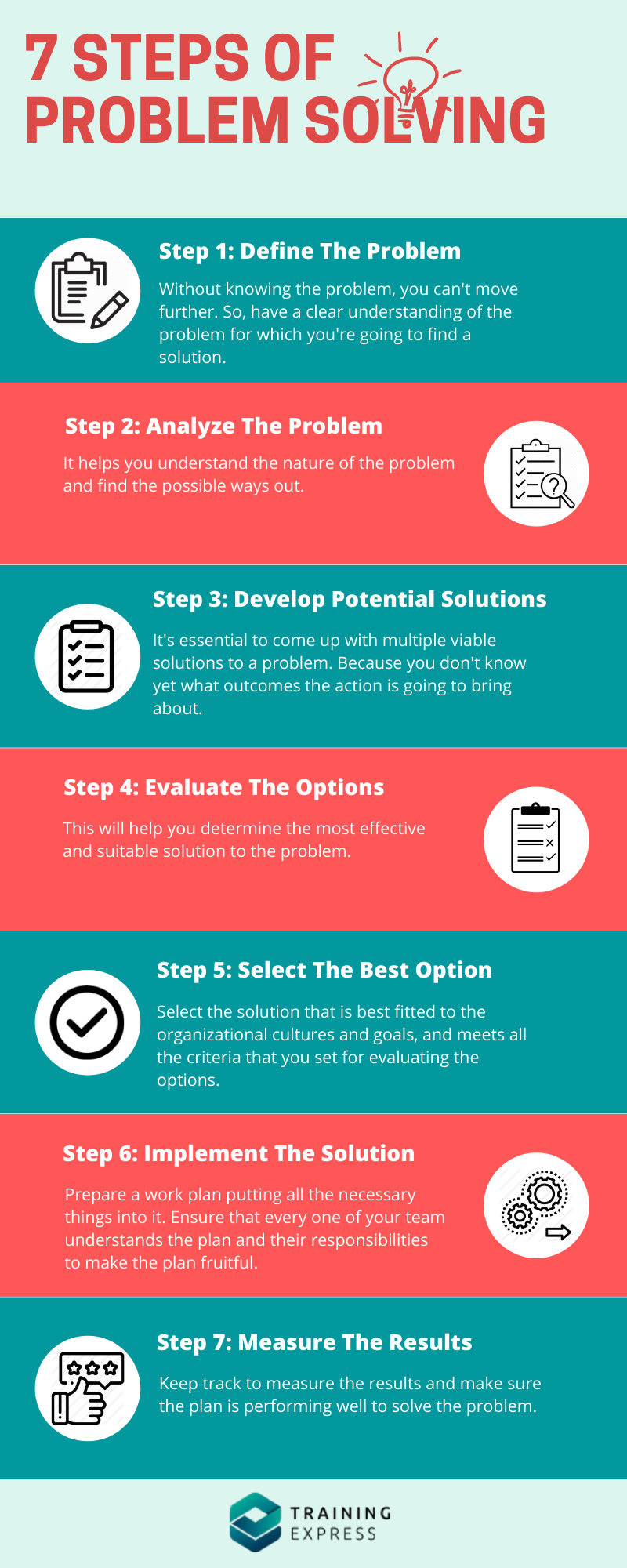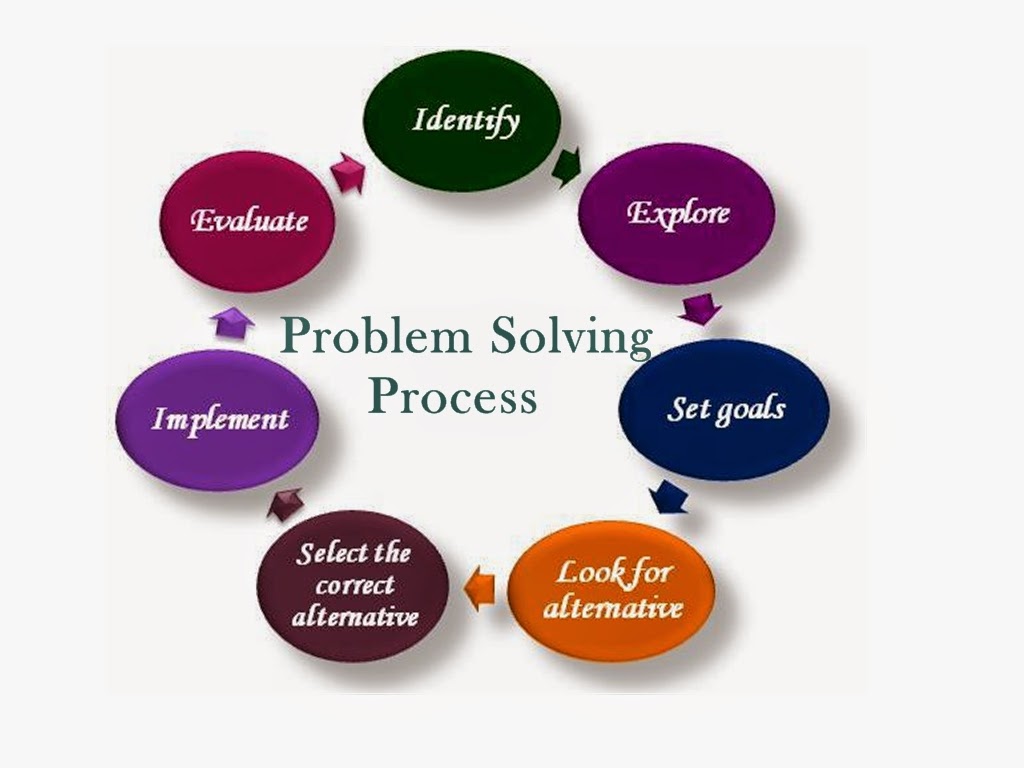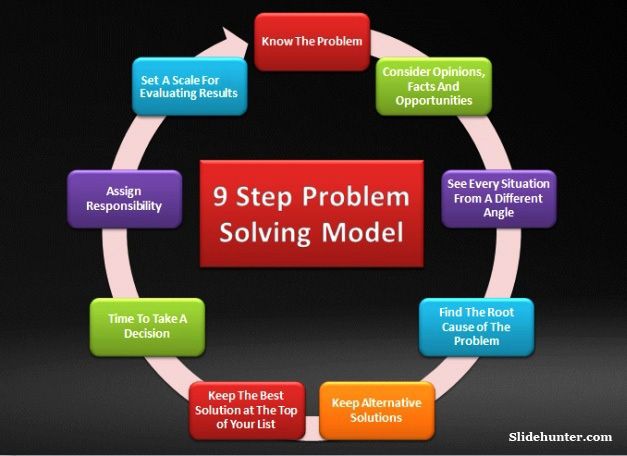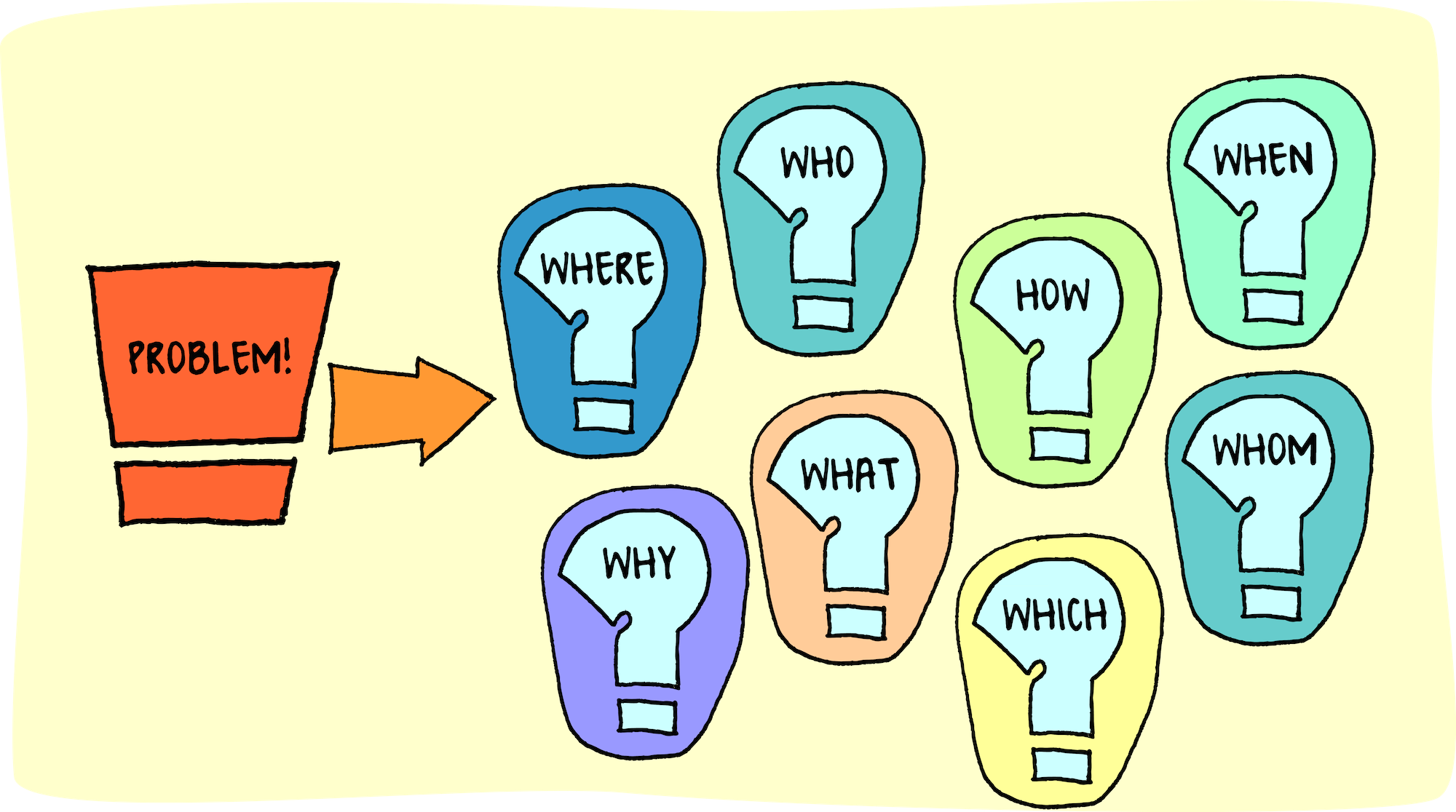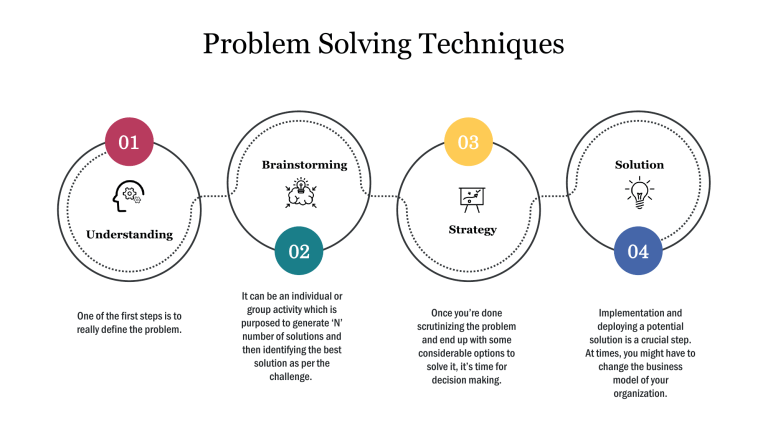Different Problem Solving Techniques
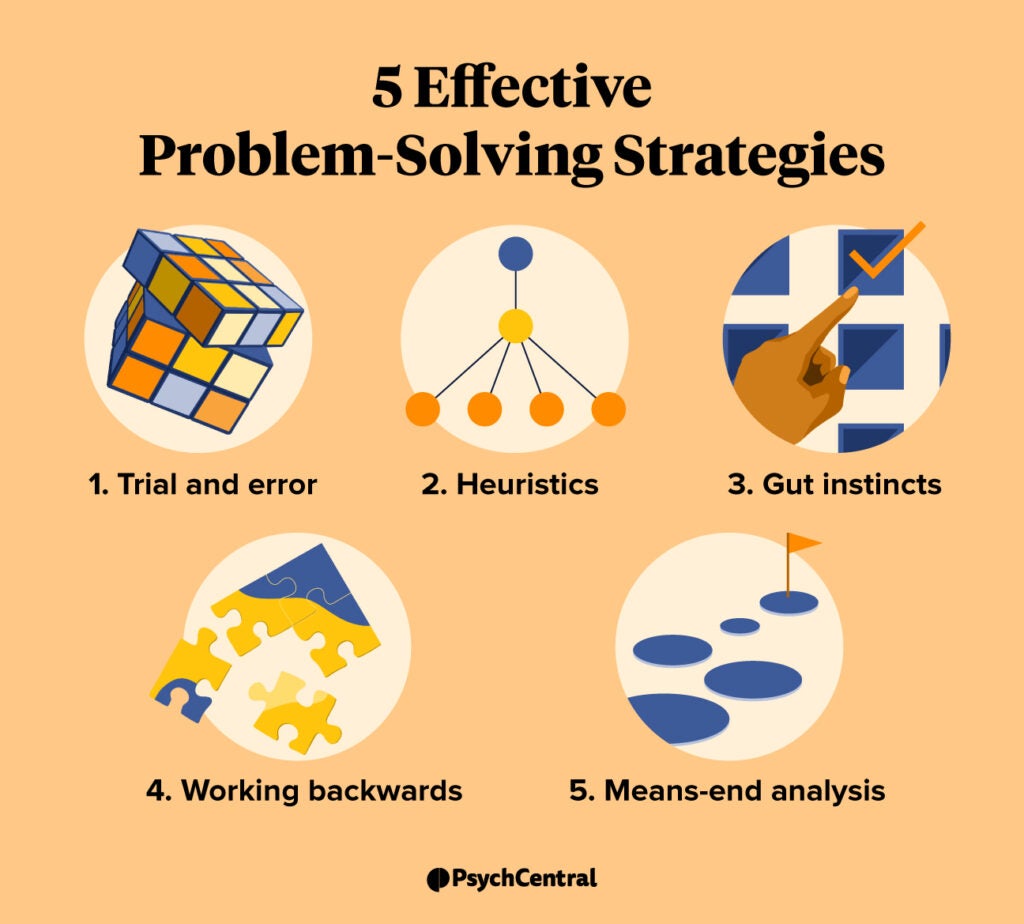
In today's rapidly evolving world, the ability to effectively solve problems is paramount for both individuals and organizations. From navigating complex business challenges to addressing societal issues, the demand for robust problem-solving skills is higher than ever. But how do we equip ourselves with these essential tools?
This article delves into a variety of problem-solving techniques, exploring their applications and strengths. We'll examine methods ranging from the analytical to the creative, providing a comprehensive overview of the strategies available to tackle any challenge. Ultimately, the goal is to empower readers with the knowledge to select the most appropriate technique for their specific needs.
Analytical Problem Solving: Deconstructing the Challenge
Analytical problem solving focuses on breaking down complex problems into smaller, more manageable components. This approach relies heavily on logic, data, and structured thinking to identify root causes and develop effective solutions.
The 5 Whys
The 5 Whys technique, popularized by Toyota, is a simple yet powerful method for uncovering the underlying causes of a problem. By repeatedly asking "Why?" five times, or until the root cause is revealed, you can move beyond superficial symptoms and address the core issue. This iterative questioning helps to peel back layers of complexity and pinpoint the fundamental reason for the problem's existence.
Root Cause Analysis (RCA)
RCA is a more formal and structured approach to identifying the fundamental cause of a problem. It involves a systematic investigation that considers all contributing factors, including human error, system failures, and environmental conditions. RCA often employs tools such as fishbone diagrams (also known as Ishikawa diagrams) and Pareto charts to visualize and analyze the various causes and their relative importance.
SWOT Analysis
While commonly used in strategic planning, SWOT (Strengths, Weaknesses, Opportunities, Threats) analysis can also be a valuable tool for problem solving. By evaluating the internal (Strengths and Weaknesses) and external (Opportunities and Threats) factors related to a problem, you can gain a comprehensive understanding of the situation and identify potential solutions that leverage strengths, mitigate weaknesses, capitalize on opportunities, and minimize threats.
Creative Problem Solving: Thinking Outside the Box
Creative problem solving emphasizes innovative thinking and the generation of novel solutions. This approach encourages individuals to challenge assumptions, explore unconventional ideas, and embrace experimentation. The process aims to generate original solutions that may not be immediately obvious.
Brainstorming
Brainstorming is a widely used technique for generating a large number of ideas in a short period of time. The key to effective brainstorming is to encourage all participants to freely express their thoughts without fear of criticism. Quantity is prioritized over quality in the initial stages, with the goal of stimulating creative thinking and uncovering unexpected solutions.
Lateral Thinking
Introduced by Edward de Bono, lateral thinking encourages individuals to approach problems from different angles and challenge conventional thinking patterns. This involves breaking free from logical constraints and exploring alternative perspectives to uncover new possibilities. Techniques like random word association and provocation can be used to disrupt established thought processes and stimulate creative insights.
Design Thinking
Design thinking is a human-centered approach to problem solving that emphasizes empathy, experimentation, and iterative prototyping. This involves deeply understanding the needs and perspectives of the users affected by the problem, generating a range of potential solutions, and testing and refining those solutions through rapid prototyping and feedback. The Design Thinking process is often implemented in iterative cycles.
Collaborative Problem Solving: Leveraging Collective Intelligence
Many problems are too complex for any one individual to solve alone. Collaborative problem solving involves bringing together diverse teams with different perspectives and expertise to tackle challenges collectively. This approach leverages the power of collective intelligence and fosters innovation through shared learning.
The Delphi Method
The Delphi method is a structured communication technique used to gather expert opinions and build consensus on complex issues. It involves soliciting feedback from a panel of experts through multiple rounds of questionnaires, with each round incorporating anonymized responses from the previous round. This iterative process allows experts to refine their views based on the collective knowledge of the group, ultimately leading to a more informed and nuanced understanding of the problem and potential solutions.
World Café
The World Café is a structured conversational process designed to foster dialogue and knowledge sharing among large groups of people. Participants move between different "tables," each focused on a specific aspect of the problem. This promotes cross-pollination of ideas and allows for the emergence of collective insights that might not be possible in a more traditional meeting format.
Looking Ahead: Adapting to the Future of Problem Solving
As technology continues to advance, the landscape of problem solving is constantly evolving. New tools and techniques are emerging, and the ability to adapt and learn continuously will be crucial for success. Embracing a growth mindset and actively seeking out new approaches will be key to navigating the challenges of the future.
Ultimately, effective problem solving is not about adhering rigidly to a single method, but rather about developing a versatile toolkit of techniques and knowing when and how to apply them. By understanding the strengths and limitations of different approaches, individuals and organizations can become more resilient, innovative, and capable of tackling any challenge that comes their way. The ability to solve problems effectively will remain a critical skill for success in the 21st century and beyond.
